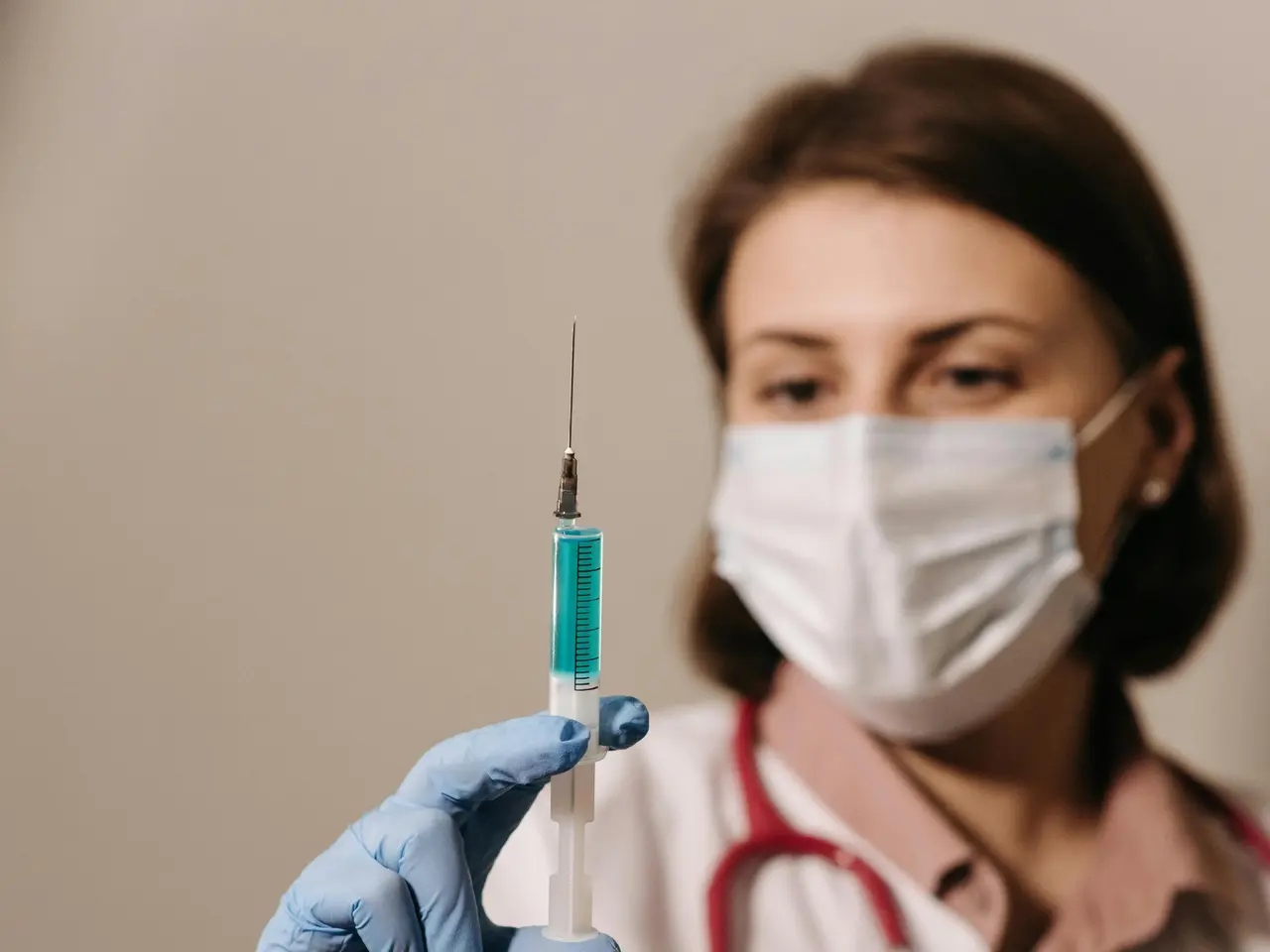Shingles: Symptoms, Potential Issues, and Factors Influencing Risk
Shingles, a viral infection caused by the varicella-zoster virus - the same virus that causes chickenpox - can lead to a range of complications, some of which can be serious. This article aims to provide an overview of shingles, its symptoms, potential complications, and treatments.
Shingles manifests as small, painful blisters on one side of the body or face. In severe cases, it can lead to complications affecting the nerves, eyes, ears, or other body systems. For instance, shingles near the ear or on the face can affect hearing and balance, and the use of facial muscles. In extreme cases, it can cause long-term vision or hearing problems, brain inflammation, or even stroke.
One of the most common complications is Post-herpetic neuralgia (PHN), a persistent nerve pain that can last months or even years after the rash has healed. This pain can be severe, particularly in older adults, and may include extreme sensitivity to heat or cold in the affected skin region.
Other complications associated with shingles include Herpes zoster ophthalmicus (ophthalmic shingles), which affects the eye and can cause corneal scarring and permanent vision loss. Other neurological problems, such as facial paralysis (Bell’s palsy), hearing loss, Ramsay Hunt syndrome, and balance problems, are also possible.
Bacterial skin infections can occur if blisters are not properly treated, slowing healing and causing scarring. Rare but serious complications include stroke, cerebral hemorrhage, pneumonia, and encephalitis in vulnerable patients.
In treating PHN, the focus is on pain relief and improving quality of life. Common prescription drugs include antidepressants like amitriptyline and doxepin, and anticonvulsants such as gabapentin and pregabalin, which help manage nerve pain. Other options include capsaicin, an active component of chili peppers, used as a topical treatment.
Pain management techniques such as pulsed radiofrequency and short-term spinal cord stimulation (stSCS) have shown efficacy in reducing PHN pain and improving sleep quality, although they may carry risks. Over-the-counter pain relievers, antiviral medications early in shingles, steroid use in some cases, and eye lubricants for ocular complications are also part of the treatment strategy.
In the event of shingles affecting the eye, prompt treatment is crucial to prevent vision loss. Oral antivirals taken within 72 hours after the first symptoms are effective. If a person scratches open the blisters of a shingles rash, they may develop an infection.
In conclusion, early antiviral treatment of shingles, aggressive pain management, and special interventions like stSCS when appropriate, constitute the main strategies against PHN and other shingles complications. It's essential to seek medical attention promptly if you suspect you have shingles to minimise the risk of complications and ensure effective treatment.
- The varicella-zoster virus, which causes both chickenpox and shingles, can lead to a range of complications, including chronic conditions like Post-herpetic neuralgia (PHN) and more serious medical-conditions such as strokes, neurological-disorders like Bell’s palsy, and herpes zoster ophthalmicus (ophthalmic shingles) that can cause permanent vision loss.
- In addition to proper treatment of shingles blisters to prevent bacterial skin infections, the treatment strategy for managing PHN often includes pain relief medication like antidepressants and anticonvulsants, as well as techniques such as pulsed radiofrequency and short-term spinal cord stimulation (stSCS).
- The early use of antiviral medications can be effective in treating shingles and preventing complications like vision loss, especially when combined with proper care to avoid scratching open the blisters and developing an infection.
- For maintaining overall health and wellness, it's crucial to prioritize skin-care, mental-health, and timely consultation with healthcare professionals for prompt diagnosis and treatment if you suspect you have shingles or any other medical-conditions to minimize the risk of complications.




